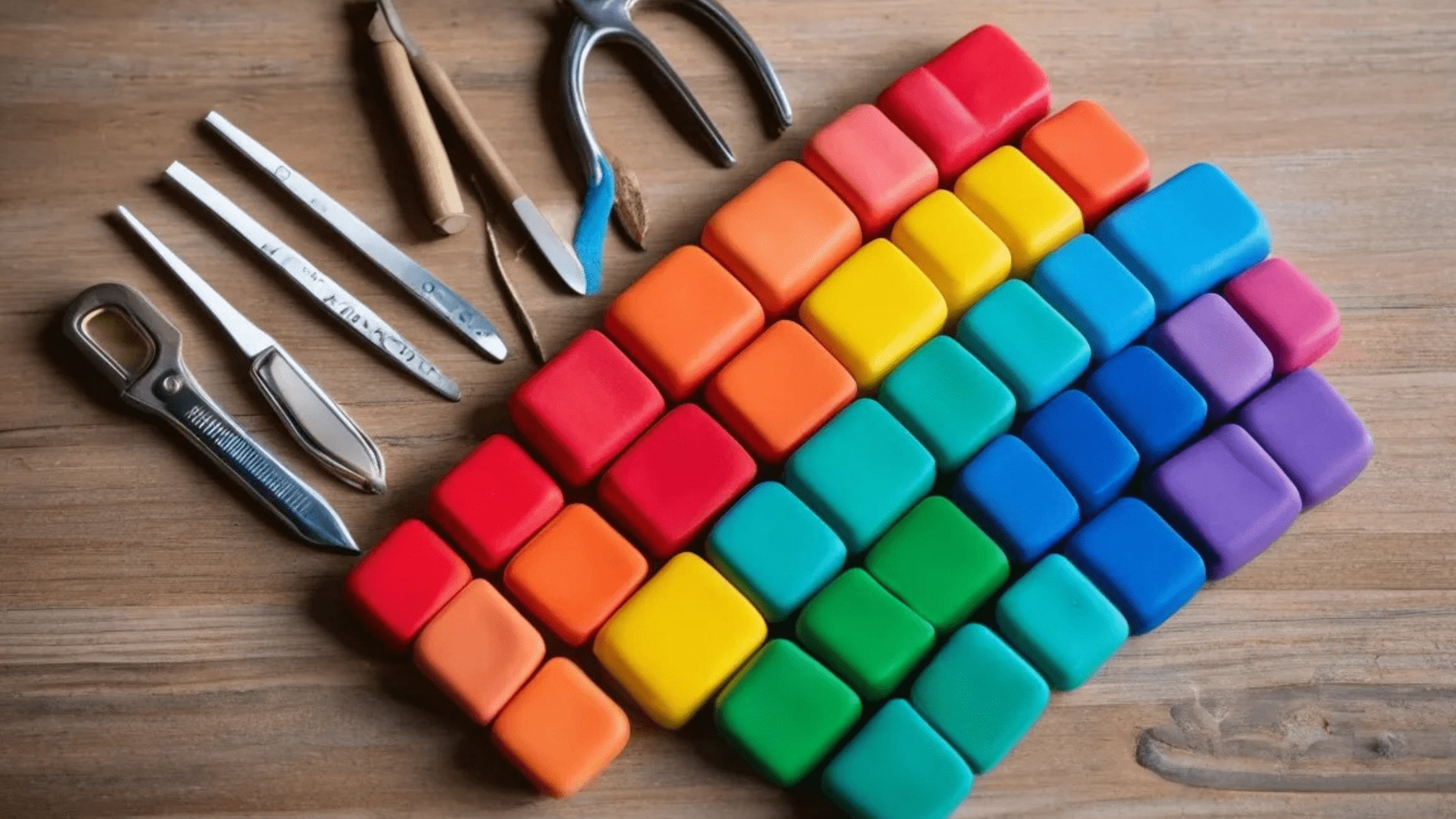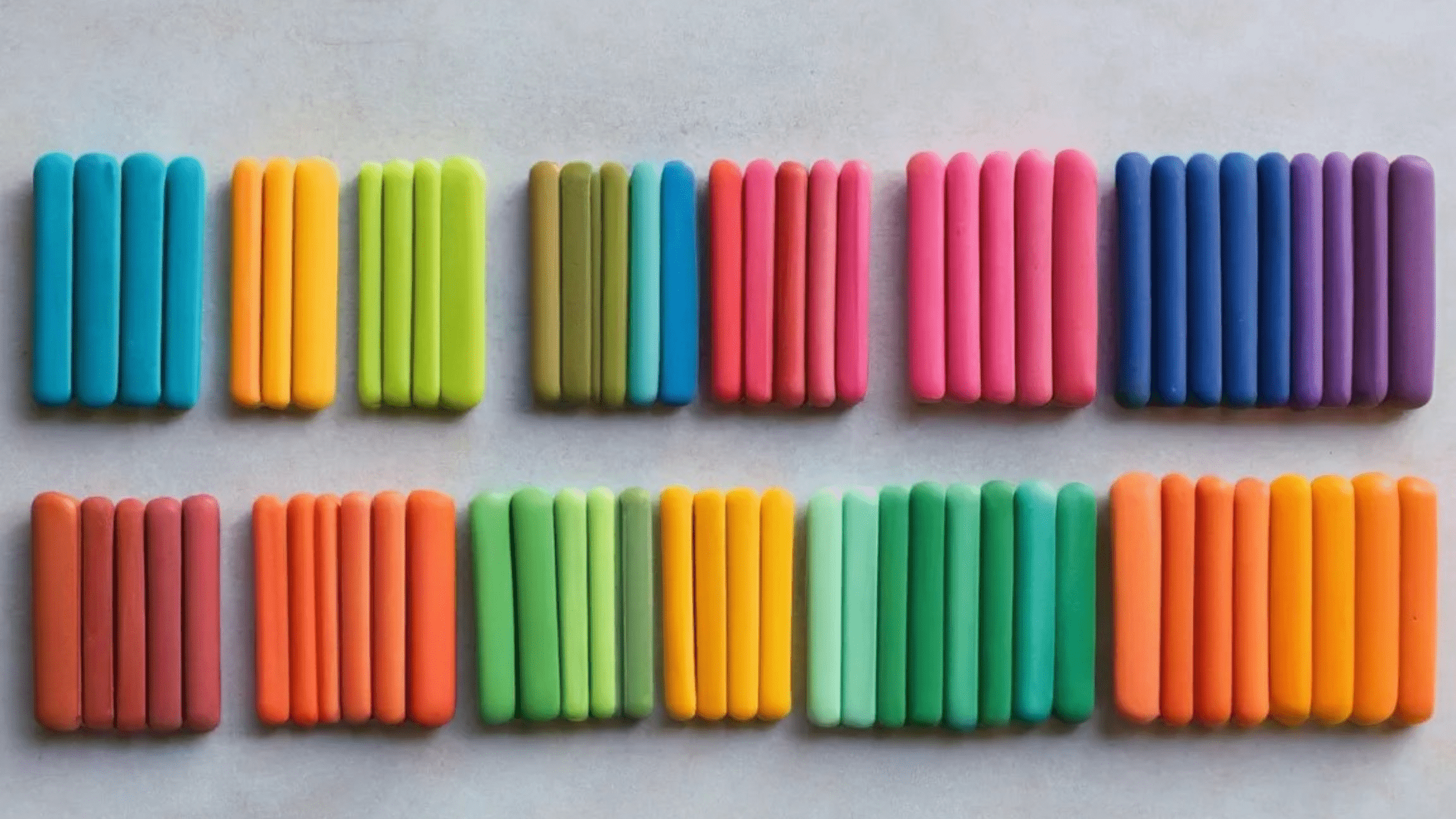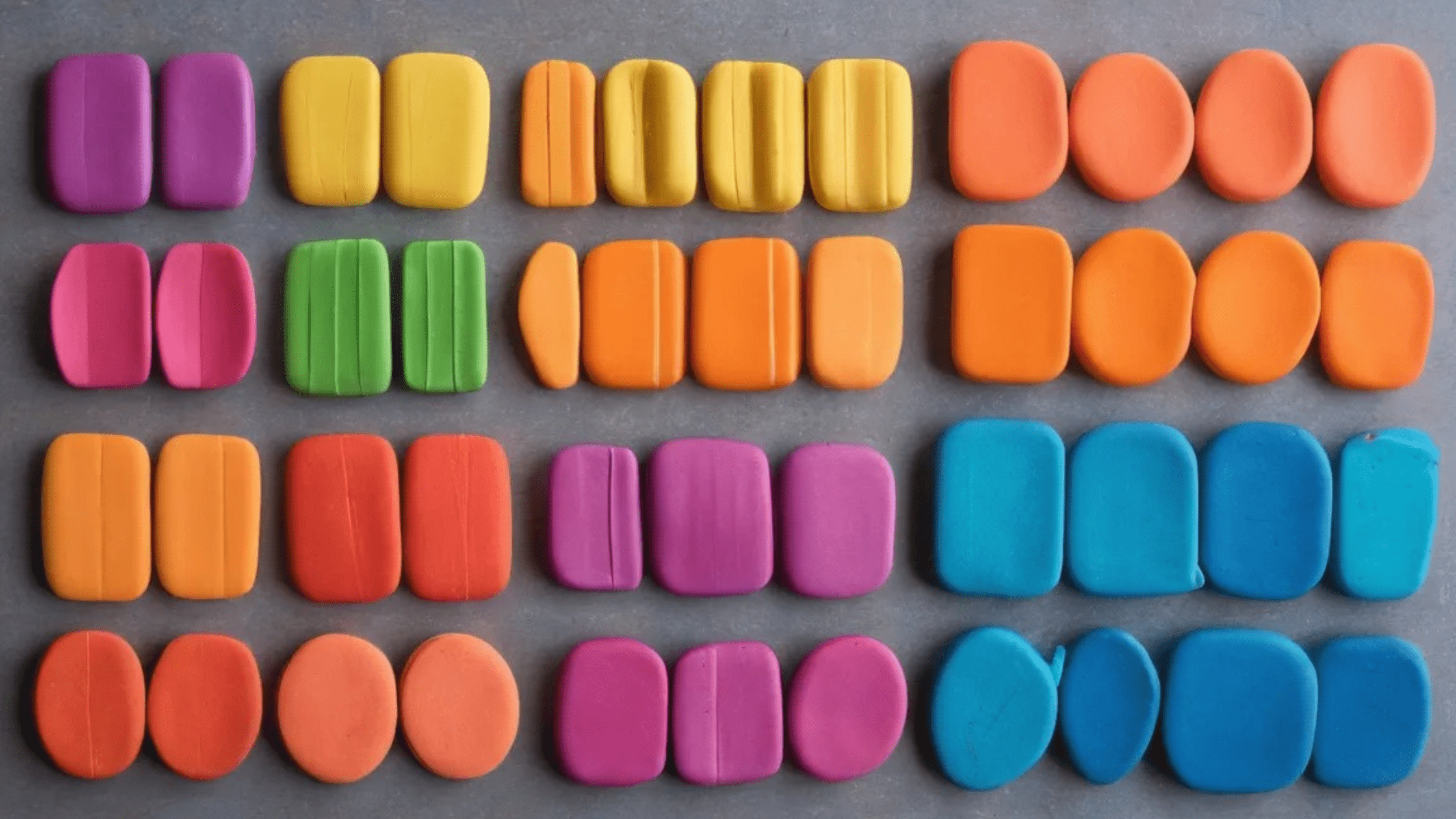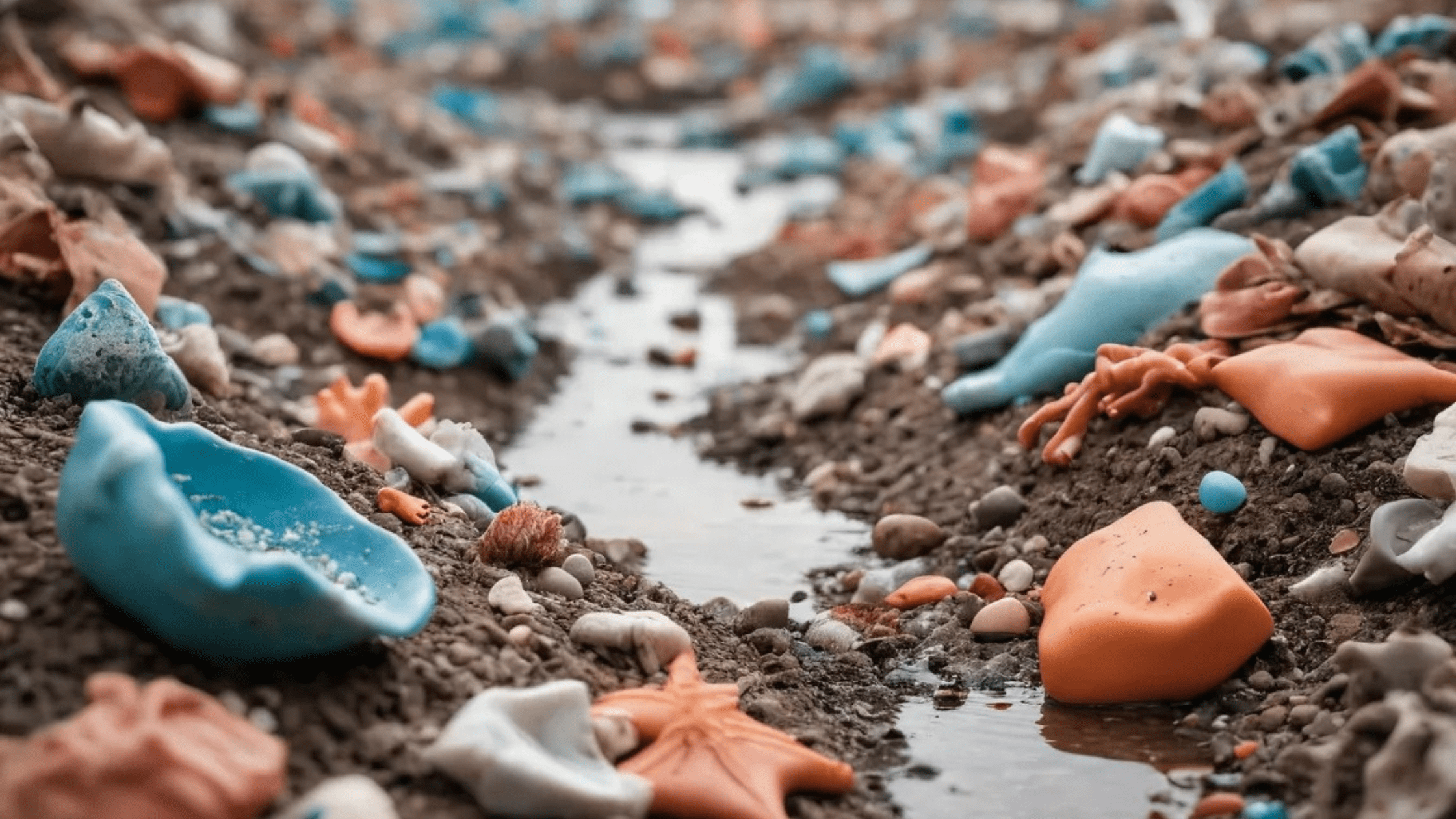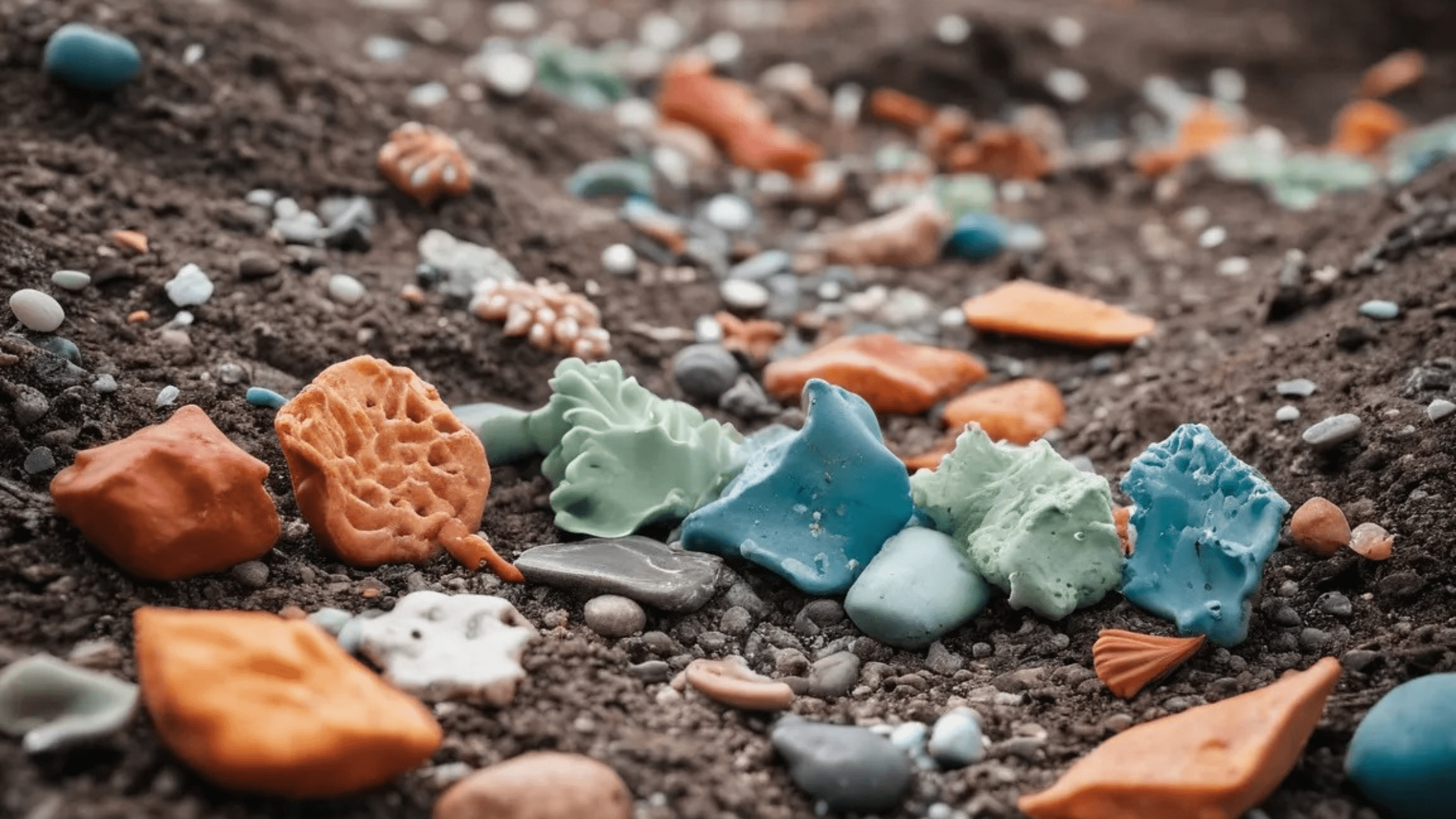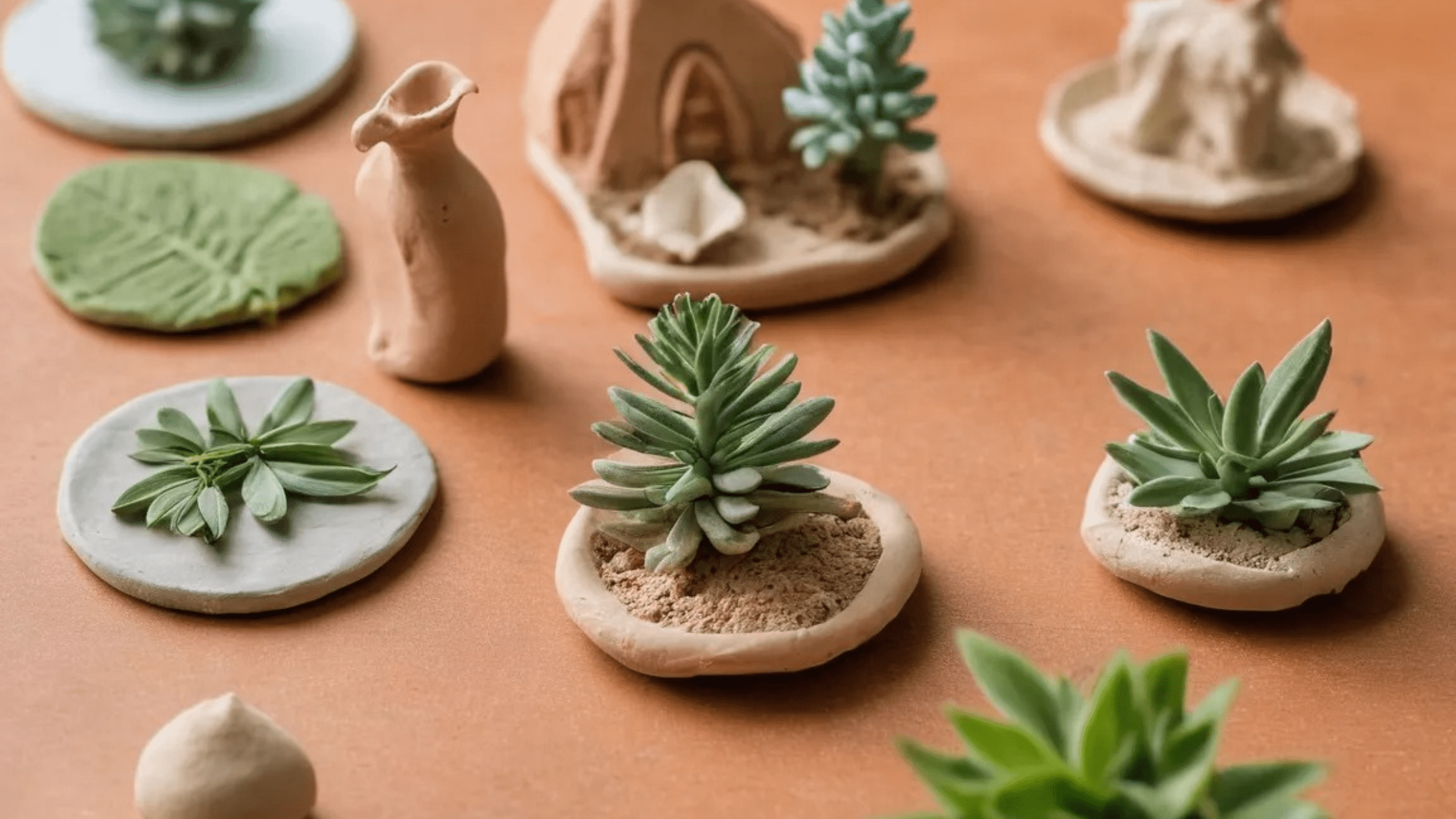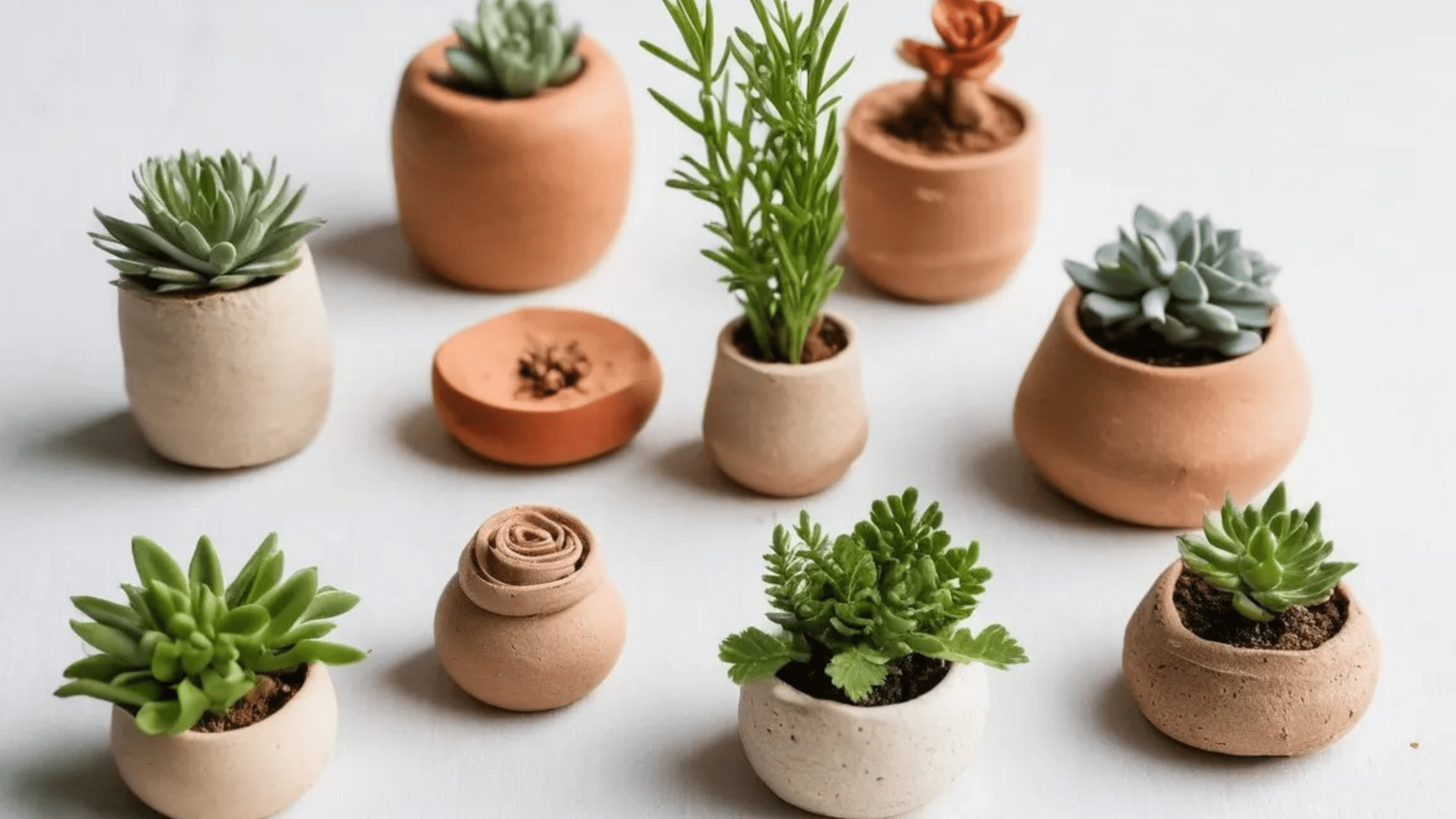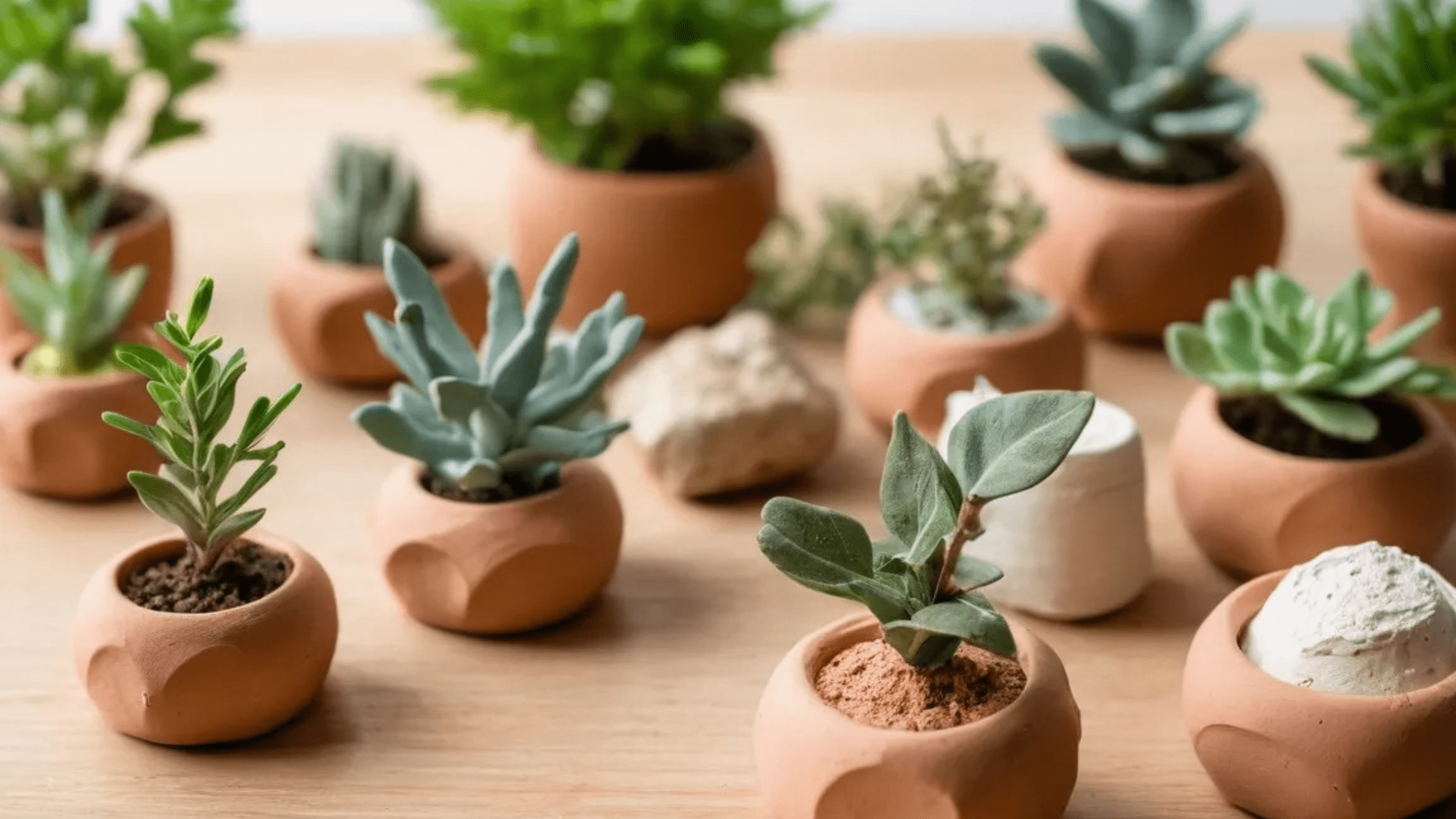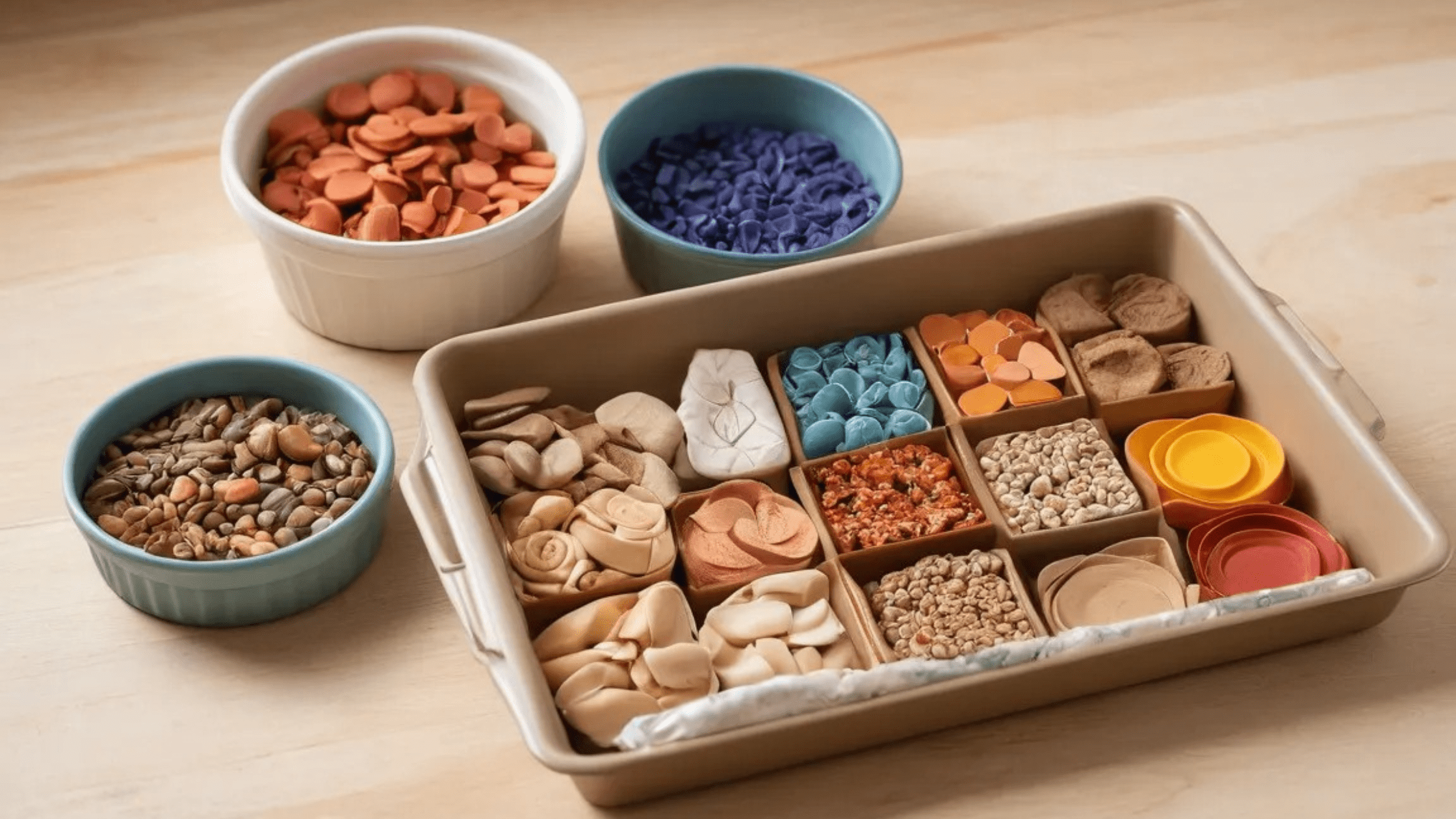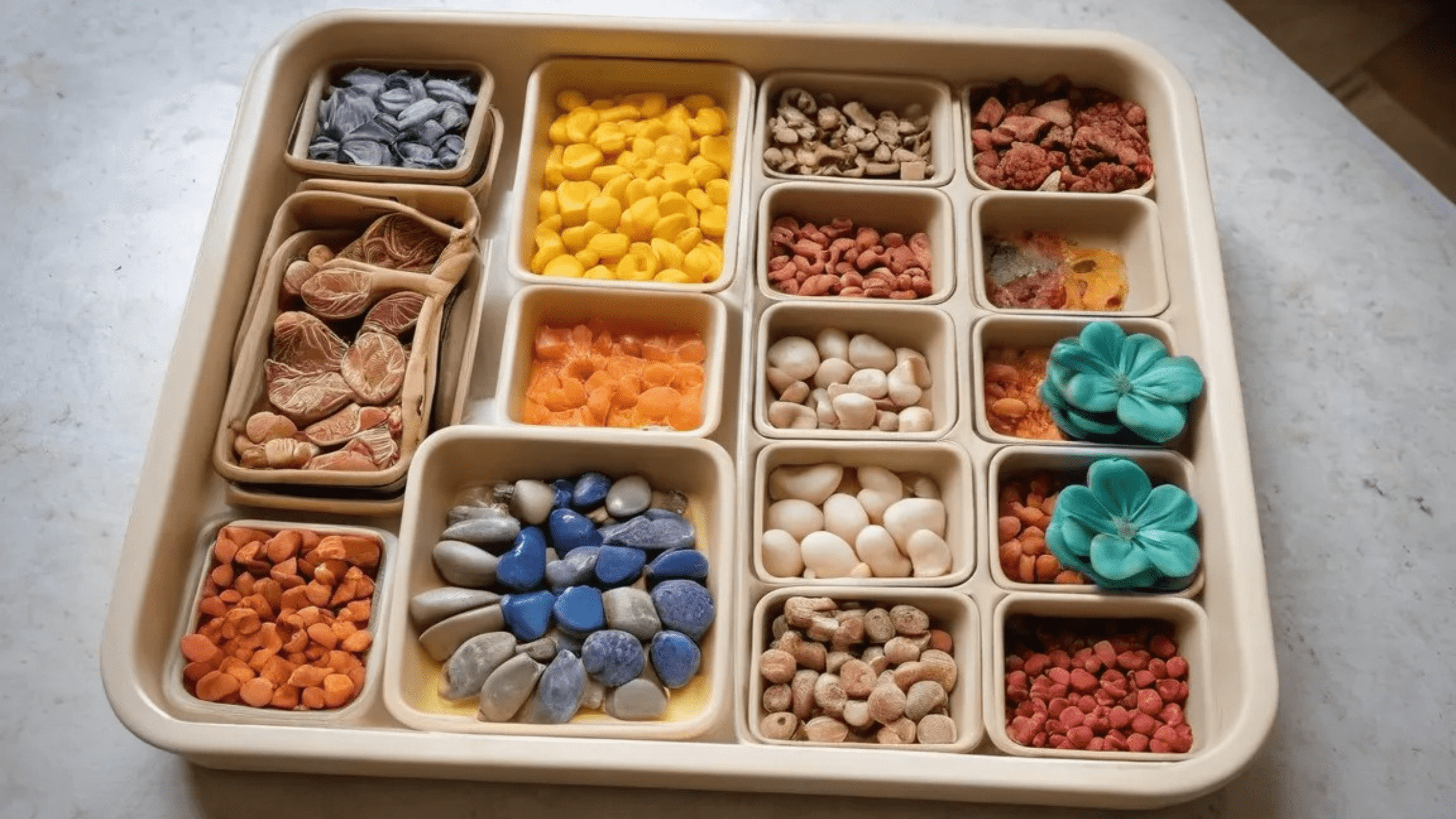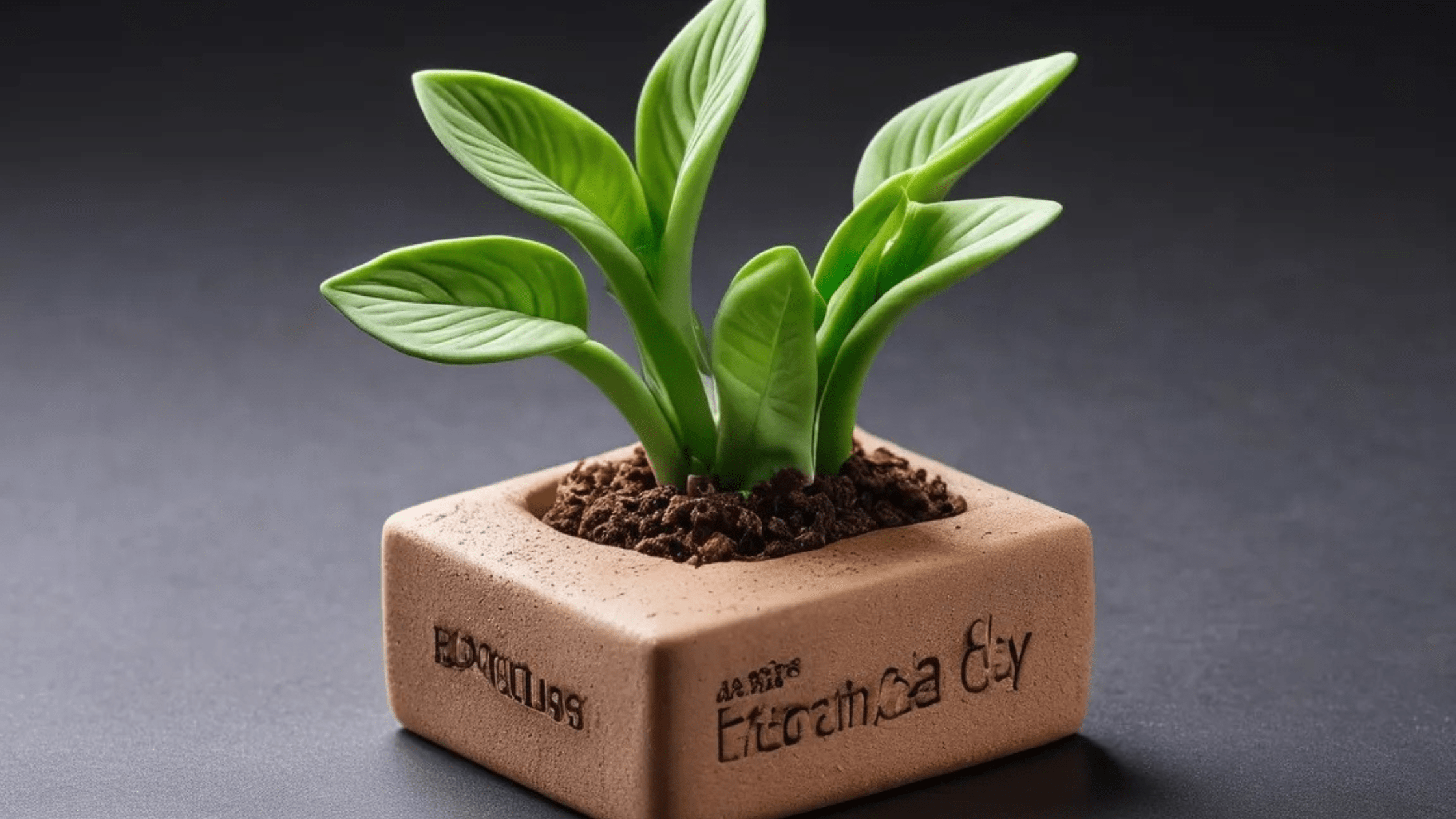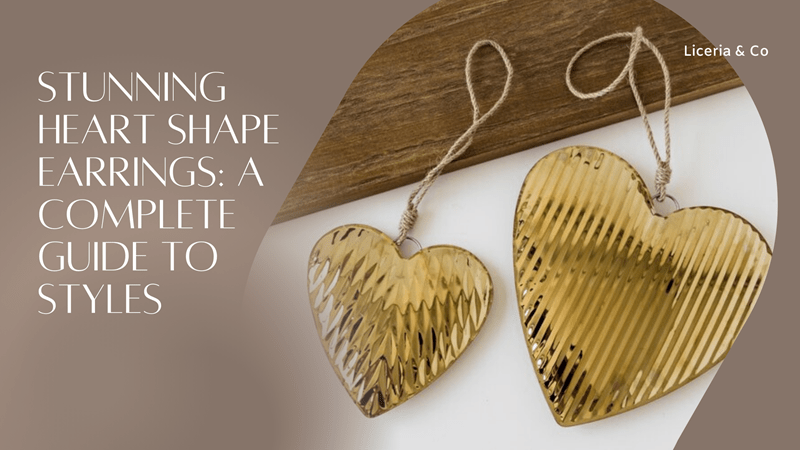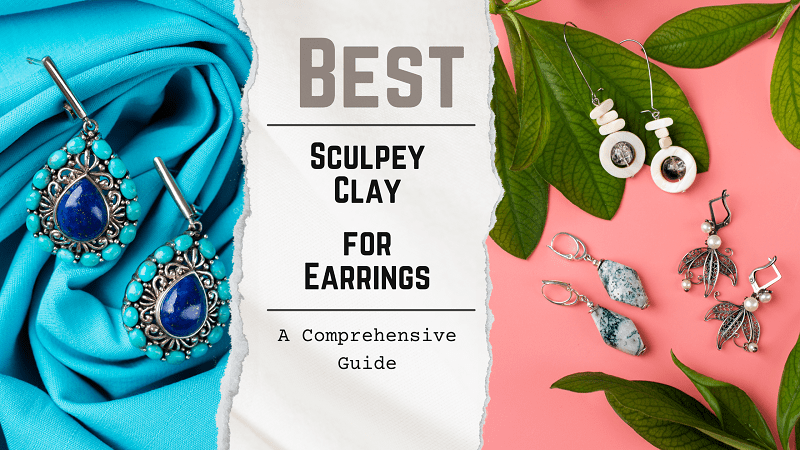Is Polymer Clay Bad for the Environment?
Polymer clay explained: What is it and why is it so popular? It is used by hobbyists and professional artists alike to create everything from jewelry and sculptures to decorative items. However, with environmental issues becoming increasingly serious, many people are starting to ask the question of whether the things that they are using are sustainable. This leads to a common question What is polymer clay, and is it environmentally friendly?
In this guide, we will take a deep dive into the polymer clay environmental impact. We’ll talk about what the material is made out of, how it made and its challenges in being disposed of, and how artists and crafters can reduce their environmental footprint when working the this material.
What Is Polymer Clay?
Polymer Clay is a plastic modeling clay based on a vinyl polymer such as polyvinyl chloride (PVC) Polymer clay isn’t natural earthen clay, but rather a manmade polymer. It’s soft and pliable out of the fridge but hardens in your oven.
Composition of Polymer Clay
What polymer clay is generally made of:
Pvc Resin : The polymer that gives the clay plasticity.
Plasticizers – Additives to make the material versatile and easy to form
Colorants: Pigments or dyes that provide the clay in a rainbow of colors.
Fillers: Materials that change the feel and mass of the clay.
Even though it is a safe medium for polymer clay, there is a misconception about its specialization.
From the time polymer clay gets made until its disposal, as you can see, there are some points during the process that raises some environmental concerns. Here’s a detailed rundown on these:
What You Should Know About PVC and the Environment
The base ingredient in polymer clay is PVC, a contentious compound due to its environmental impact. Here’s why:
Energy-Intensive Production: PVC is made from fossil fuels — either crude oil or natural gas — and creates a substantial quantity of greenhouse gases.
Dioxin: The method generates toxic byproducts of dioxin capable of causing damage to ecosystems and the human body.
Non-Biodegradable Material
Since not biodegradable polymer clay, this is one of the slope most worried on the question. When disposed of, it lasts in the environment for centuries, entering our oceans and contributing to plastic pollution.
That polymer clay tossed in the general waste is probably going to landfill or —-take a look at our natural ecosystems — leaking out into our natural ecosystems.
The tiny pieces of polymer clay abyss the water, where they will fragment into microplastics — further straining marine life and the food chain.
Toxicity During Use
While polymer clay is safe if you use it correctly, misuse can lead to release of hazardous chemicals:
Undercooked or Overbaked: The fumes that polymer clay gives off when it is overheated can be toxic, at least to humans and certainly to the earth via chemicals like hydrogen chloride gas.
Disposal Challenges
Compared to more natural materials (like those of wood or paper), polymer clay is non-compostable. To a limited extent, it can be recycled, or it can be thrown in a landfill, where it poses longterm ecological problems.
What are sustainable alternative of polymer clay?
If you are concerned about the environmental impact of polymer clay, other materials you could use are:
Air-Dry Clay
Air-Dry Clay? You might know this air-dry clay is made from natural ingredients and does not require baking, so it is an energy-saving process. Not all air-dry clays are eco-conscious, however; some add synthetic binders.
Natural Clay
Clay is earth material, biodegradable and if firing with renew energy, can become very nature friendly. But polymer clay offers different levels of flexibility and bright colors that it just won’t have. — but it likely won’t offer the same pliability or bright colors as polymer clay.
Paper Clay
Paper clay, a lightweight, eco-friendly material, contains recycled paper pulp and natural glues. It is useful for making lightweight, decorative items.
]How Artists and Crafters Can Reduce Their Environmental Impact
While polymer clay has some environmental drawbacks, here are a few ways artists and crafters can reduce their ecological footprint:
Use Every Scrap
Be careful not to waste polymer clay scraps and offcuts Excess clay can be reused or rolled out into a base layer for new pieces.
Get creative with the bits left over using them for mosaic-style projects and such.
Bake Carefully
Follow the manufacturer’s baking instructions; underbaking or overbaking could trigger toxic fumes.
Cut down on energy consumption by opting for energy-efficient ovens or baking multiple pieces at once.
Choose Sustainable Brands
That being said, some brands are indeed trying to lessen the environmental impact of their polymer clay products by implementing less toxic plasticizers and adopting more ecological manufacturing processes. Seek out brands that align with your own values.
Dispose Responsibly
You don’t want to throw your polymer clay projects or scraps carelessly in the garbage. Where a piece is no longer functional, either upcycle the item, or donate it to someone who can still use it.
For things that could not be saved, check with your local recycling centers to see if they accept PVC-based items. Resources are few and far between for recycling polymer clay, but PVC reprocessing ideas are abundant.
Create Durable Art
Keep focus on making quality, sturdy items so your labor does not go to waste.
And so, you make buyers of your art its caretakers, guardians that would take care of each piece, upholding the culture of sustainability.
Please complete the form below.
Use your new favorite material with care, balancing its impact with donations to environmental organizations or planting trees.
Comparing Polymer Clay with Other Art Materials
To get an idea of the environmental footprint of polymer clay, it helps to compare it to some other common art and craft materials:
Compared to Resin
Epoxy resin is another medium most commonly associated with craft, though many people argue that, because epoxy contains a number of petroleum-derived monomer ingredients and is more difficult to dispose of in an eco-friendly manner, it’s actually less sustainable than polymer clay. There are biodegradable resins hitting the market, though.
Compared to Plastics
So yes, polymer clay is plastic, but I would argue that when it comes to waste produced, polymer clay is much less wasteful than single-use plastics. That said, it has the same non-biodegradability as all plastics.
Compared to Natural Materials
There are natural materials that are more sustainable than plastic such as wood, stone and ceramic clay, but unlike polymer clay, they are not as versatile or easy to work with.
Innovative Way of Making Environment-Friendly Polymer Clay
Artisan Academy Adapts: Adapting the polymer clay to a need for growth over use. Here are some innovations that can ethic Alize polymer clay in the coming years:
Biodegradable Polymer Clays
Now researchers are making bioplastics, too, for PVC-based clays. These clays would retain the flexibility and durability of polymer clay, but break down safely over time.
Eco-Friendly Plasticizers
Replace the toxic, phthalate-based plasticizers traditionally used in polymer clay with non-toxic and environmentally friendly substitutes.
Recycled Materials
Using recycled PVC or other plastics to make polymer clay, helps reduce waste and the actual need for new materials.
Conclusion
Polymer clay is a great, fun medium to use but it can have carbon footprint. It is a PVC-based material and thus comes with, production, non-biodegradability and disposal complications. However, mindful practices aren’t just possible, they can help artists and crafters minimize their ecological footprint while still reaping the benefits of working with this biomaterial.
Polymer clay’s environmental properties are questionable — but innovation and alternatives are creating more sustainable crafting options. Thus, a conscious use of the material, as well as support for earth-conscious brands and initiatives can take you far in the quest for a more sustainable future — without compromising on creativity.
What other materials or sustainable crafting techniques are you interested in learning about? Let me know!
Shop Now
**Stay updated with our latest creations and special offers by following us on our social media pages!**



